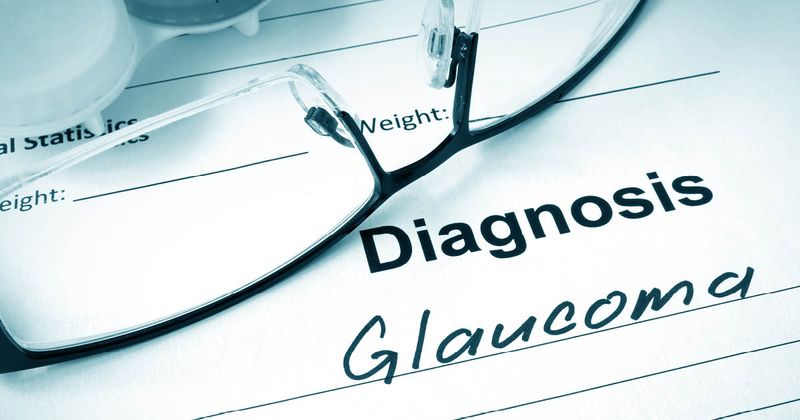‘Look at whole picture’ to detect glaucoma progression
To detect glaucoma progression, physicians need to look at all available data and imaging, according to a presentation at Real World Ophthalmology.
Nina A. Goyal, MD, FACS, said the three tests often used to detect glaucoma progression are optic nerve photography, visual field test and OCT of the optic nerve.

Image: Adobe Stock
“As you’ll notice, I have nowhere on this slide listed IOP because IOP is event based, and we want to look at trend-based data,” she said.
It is often hard to quantify signs of progression, such as cup-to-disc ratio, using data alone. To detect progression, she takes serial photographs, particularly in specific cases, such as patients with high myopia, retinal disease or a history of optic nerve issues.
When looking at photos from one year to the next, it can be easy to miss subtle changes. However, they become easier to spot when viewing photos over several years.
OCT can be helpful in detecting early changes as a quantitative analysis, but it is important to watch for changes along the “ISNT” rule: If there are inferior changes greater than superior and nasal, that can be a sign of progression.
Goyal called visual field defects the holy grail of glaucoma progression detection. The goal would be to catch progression before vision loss, but vision loss can be used as a tool. Glaucoma progression analysis, which is software included on most visual field machines, can help determine the significance of any observed changes using a database. She called this technology “early AI,” although more help is needed in this area.
Goyal said her secret to progression detection is to look at the whole picture.
“Glaucoma is a movie, not a picture, not a snapshot,” she said. “To see changes, you want to look for change.”

